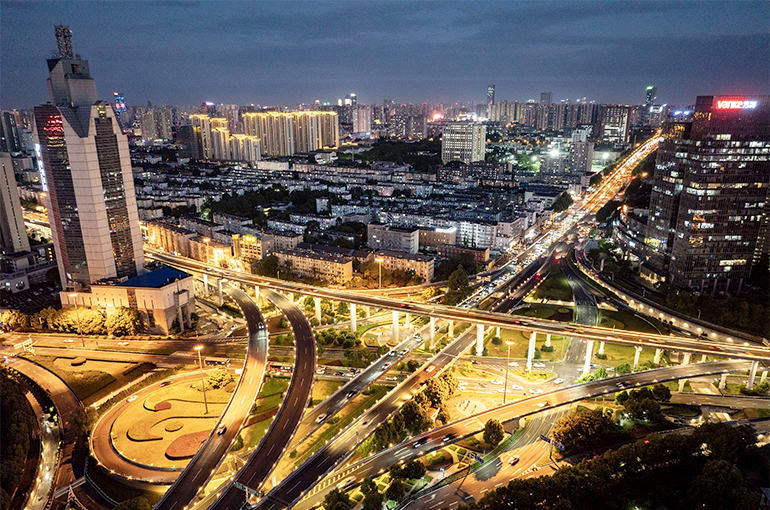 Three Provincial Capitals Led China’s Population Growth in 2023 Amid National Drop
Three Provincial Capitals Led China’s Population Growth in 2023 Amid National Drop(Yicai) May 31 -- Three Chinese provincial capitals had the highest population growth among Chinese cities last year, despite an overall decline across the country, as a result of their increasing attractiveness and robust industrial development, particularly in emerging sectors.
Hefei, Guiyang, and Zhengzhou grew the most, according to Yicai’s calculations based on official population data from major cities.
Hefei, the capital of China’s eastern Anhui province, led with an annual increase of 219,000 permanent residents to 9.853 million. Migrant workers made up more than 90 percent of its population, reflecting the city’s increasing appeal.
Hefei’s population growth is closely related to its industrial development, said Lin Fei, a researcher at the Anhui Academy of Social Sciences. In recent years, the city has effectively consolidated and upgraded its existing industries and vigorously promoted the development of emerging ones such as new energy vehicles, solar energy, and semiconductors, Lin added.
Among the top 10 cities for population growth last year, six were provincial capitals, including Chengdu, Changsha, and Xi’an. Guangzhou, Hangzhou, Shanghai, and Shenzhen made up the rest.
By location, four of the top 10 were in eastern China, two in central China, two in western China, and the remaining pair in southern China.
During the industrialization and urbanization process in central and western provinces, some residents of ordinary prefecture-level cities moved to the larger and more developed coastal areas in eastern China, while others moved to the provincial capitals of their respective provinces, said Peng Peng, executive president of the Guangdong branch of the China Society of Economic Reform.
Ranking second was Guiyang, capital of Guizhou, in the east of the country. Guiyang’s population rose by 182,500 to 6.403 million last year, notching up a third straight year of growth in excess of 100,000 people.
Guiyang began to develop its big data industry in 2013, attracting a large number of talented individuals in the field. In recent years, hundreds of well-known tech companies, including Alibaba Group Holding, Tencent Holdings, Apple, and JD.Com, have built their data centers in the city. The digital economy accounted for over half of Guiyang’s gross domestic product last year.
Zhengzhou ranked third, as the permanent population of the capital of Henan, a province in central China, jumped by 180,000 to 13.008 million. Emerging industries such as NEVs and electronic information have continued to play a supporting role in this expansion.
BYD’s production base increased Zhengzhou’s annual car output by 50 percent to 800,000 units. The city’s digital economy reached a scale of CNY650 billion (USD89.8 billion), with the output value of electronic information exceeding CNY600 billion. Moreover, Zhengzhou’s short-video industry ranked second nationwide.
China’s overall population shrank for the second consecutive year in 2023, falling by 2.08 million people to 1.409 billion, according to the National Bureau of Statistics. That followed a 850,000 decline in 2022.
Editor: Futura Costaglione